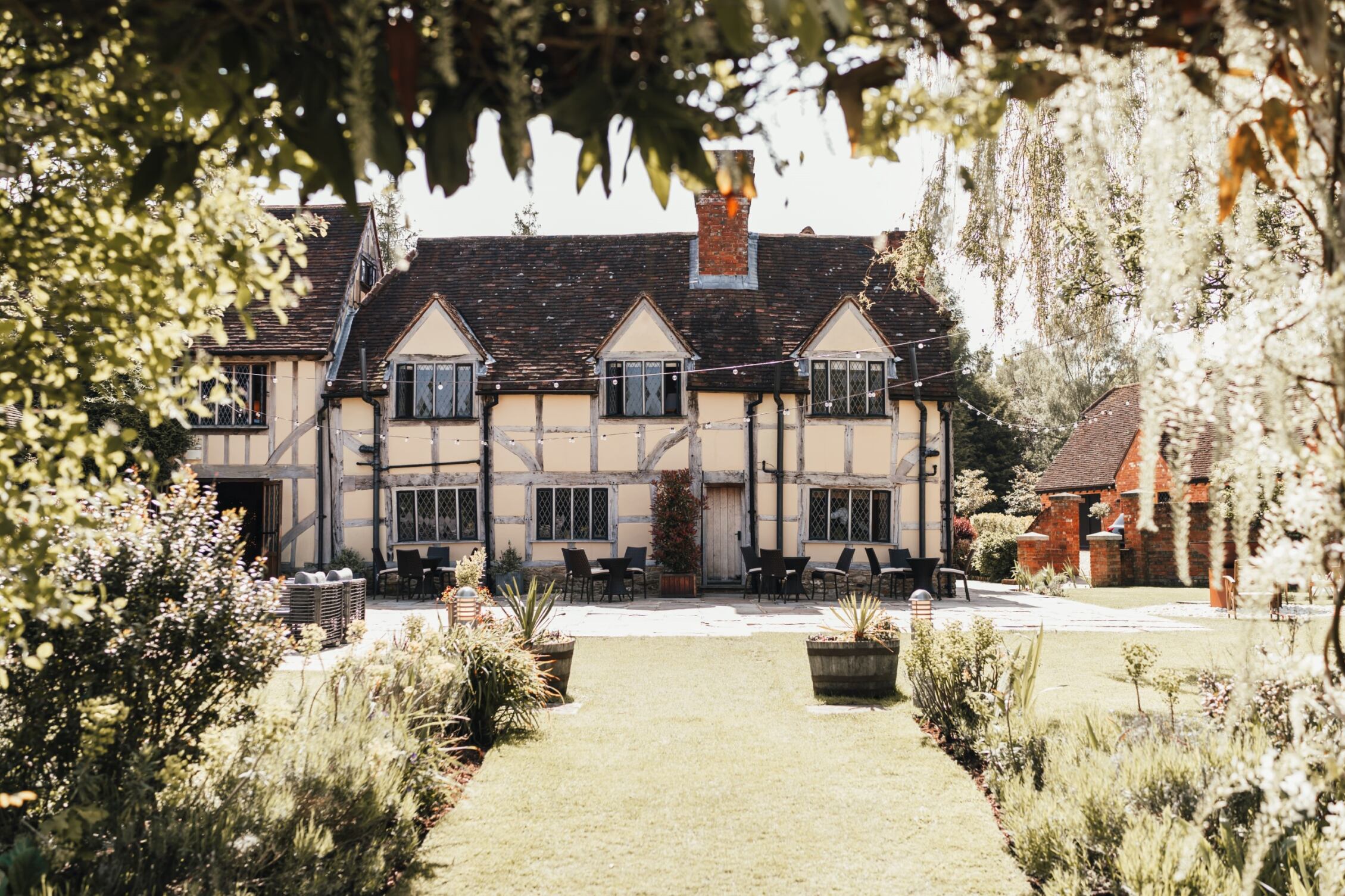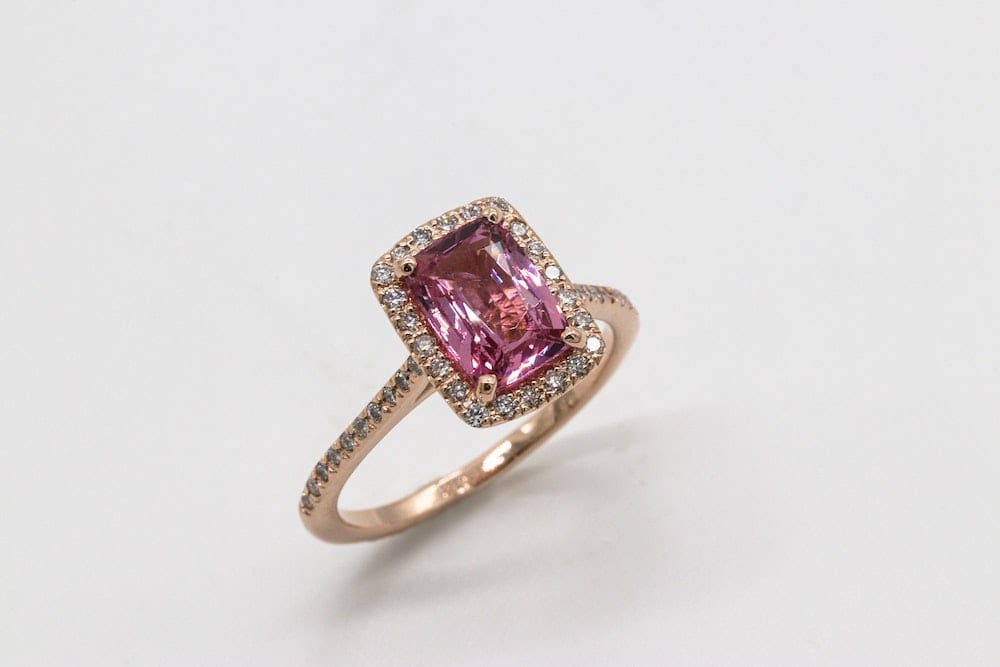CHOOSING A GEMSTONE ENGAGEMENT RING
Choosing an alternative engagement ring to the traditional diamond ring
During the 20th Century the diamond emerged as most sought after stone for most jewellery and, in particular, engagement rings. In recent years even the territory of the traditional ‘band of gold’ wedding ring has been encroached upon by this sparkly specimen, with diamond-encrusted wedding bands being paired with similarly themed engagement rings.
By no means is the diamond the only option for the engagement ring, however, and it certainly doesn’t need to be the sole hero of the piece. There are several alternative engagement ring stones out there that could set your ring (and your hand) apart from the crowd, including a gemstone engagement ring.
The tradition of gemstones
Each month of the year has its own birthstone and the addition of or focus on these can be a particularly individual approach to a very personal piece of jewellery.
The tradition of these birthstones is very ancient, dating back to the Book of Exodus. The High Priest of the Israelites wore a sacred breastplate which contained twelve different stones, each associated with one of the tribes of Israel. It was later believed that these twelve stones, representing the twelve tribes, were intimately connected with the twelve signs of the zodiac and the twelve months of the year. The modern tradition of wearing the birthstone from your month of birth is believed to have been born in 16th-century Germany.
Gemstones by month
Here’s a quick guide to gemstones by birth month if you’re considering choosing the stone that corresponds with the month you were born to sit in your engagement ring.
January – Garnet
February – Amethyst
March – Aquamarine
April – Diamond
May – Emerald
June – Pearl
July – Ruby
August – Peridot
September – Sapphire
October – Opal
November – Topaz
December – Turquoise









